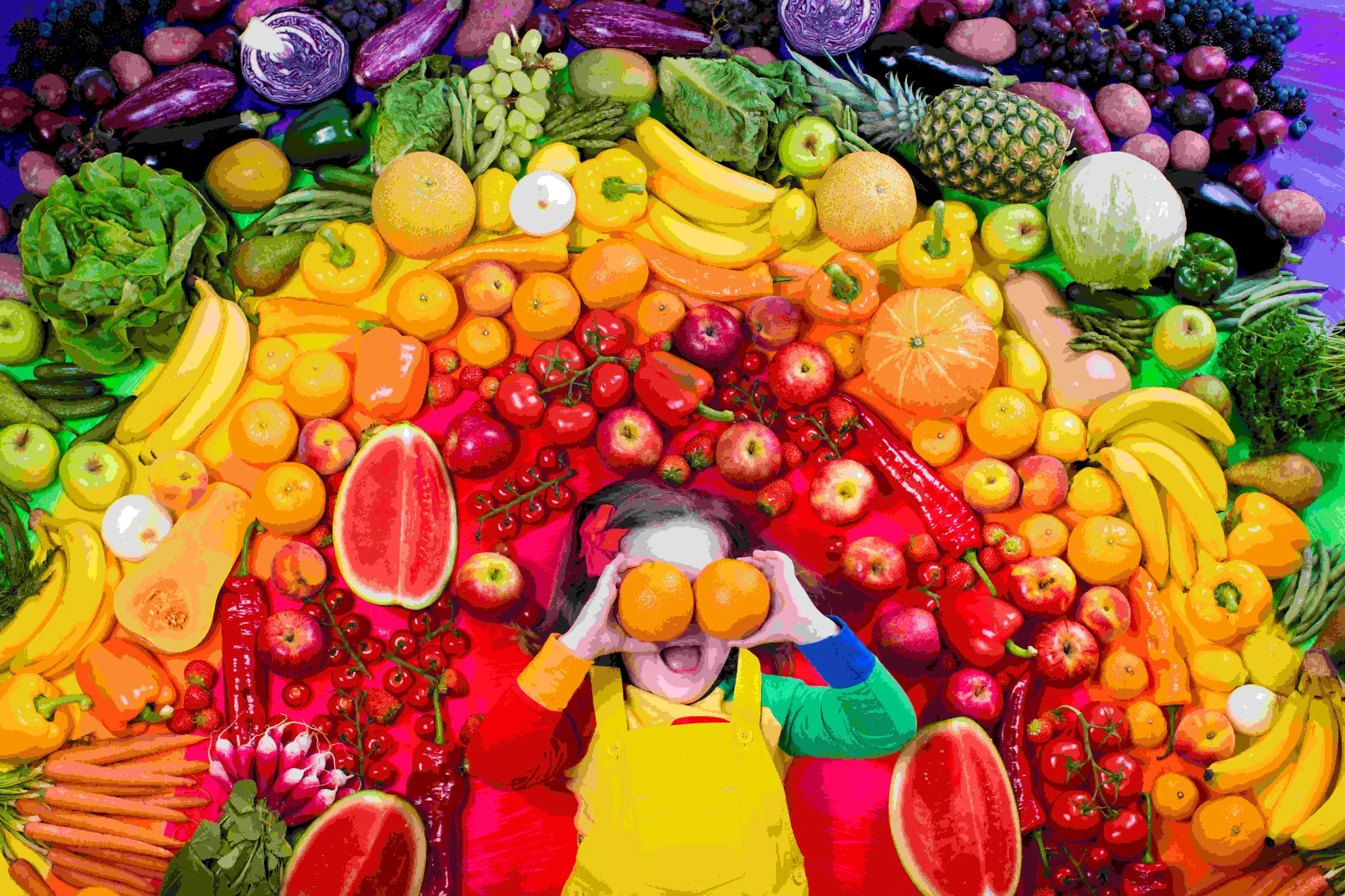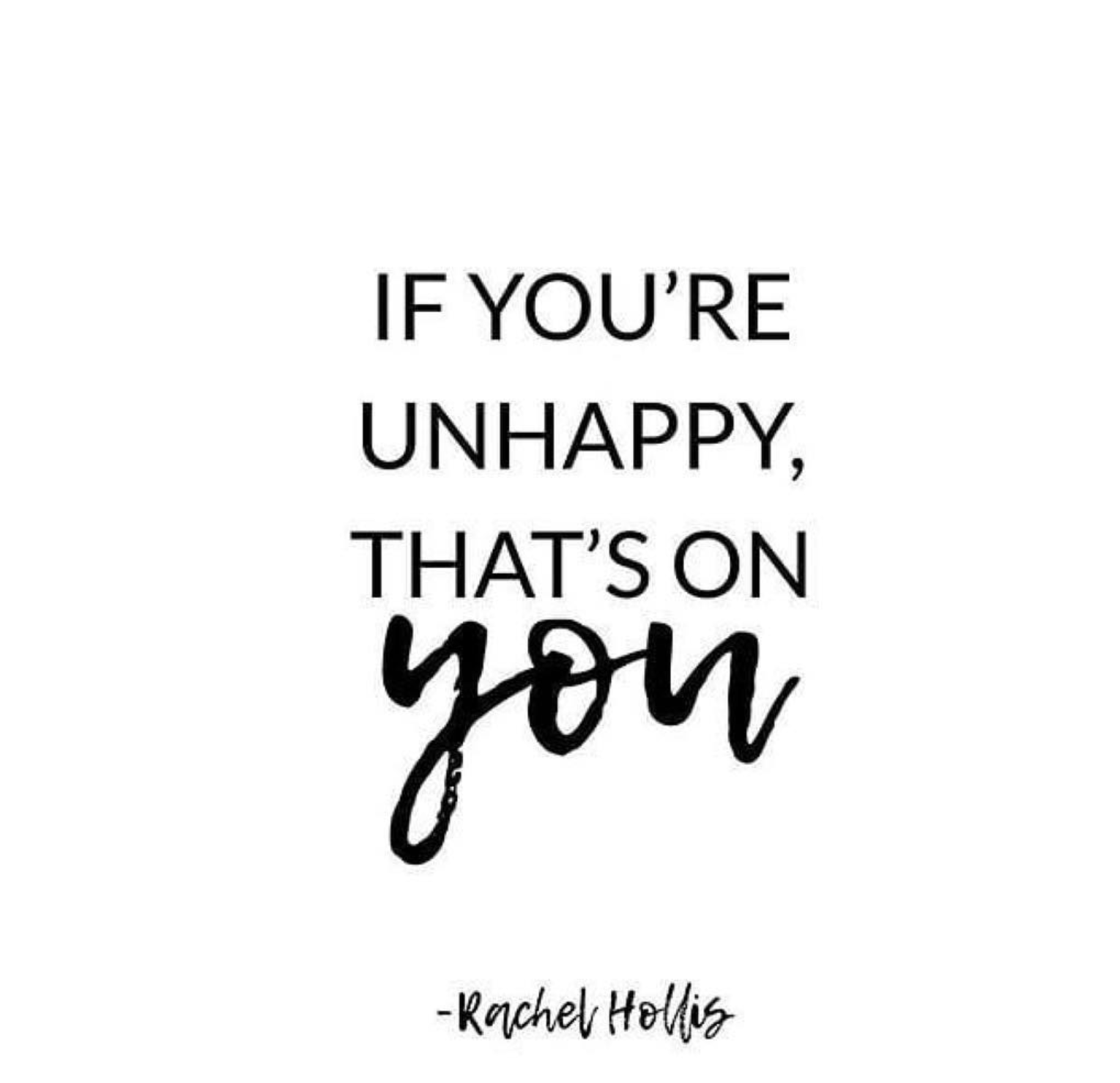Life with a hidden disability
Life with a hidden disability
Hidden disabilities are exactly what they sound like: disabilities that are not immediately apparent. For example, some people who are visually impaired may not wear glasses and do not appear obviously disabled; people with chronic back pain may not use mobility aids every day; and people with fatigue syndromes seem perfectly able to those not in the know. Although the disability is a challenge for the person who has it, it can be difficult for others to recognise or acknowledge the scope of the disability if they can’t see any traditional evidence.
Incredibly, nearly one in two people in the United States has a chronic medical condition of some sort, and 96 percent of these live with an illness that is invisible. These illnesses include fibromyalgia, chronic pain, diabetes, chronic fatigue, chronic dizziness and mental illnesses including depression, attention deficit disorder, schizophrenia and agoraphobia. In fact, people with psychiatric disabilities make up a large segment of the invisibly-disabled population. Of all these people, 25 percent have some type of activity limitation, while 75 percent are not physically disabled by their chronic conditions. This does not mean they are any less disabled than the person with a walking stick or guide dog.
Most people with a repetitive strain injury move in an inconspicuous way but may have real limitations on how long they can type for—in today’s digital world, that can be considered as significantly impairing normal activities of daily living. That’s the point: invisible disabilities can hinder a person’s efforts to go to school, work, and socialise, but they suffer a lack of sympathy and understanding from the population at large. This lack of understanding is detrimental to a person’s agency and confidence: imagine being seen as lazy, weak or antisocial when you actually aren’t.
Conditions such as epilepsy and diabetes usually aren’t seen as disabilities by the general public, but these can be painful, exhausting and isolating: injecting yourself multiple times a day to manage your insulin levels might seem merely frustrating to an outsider, but get it wrong and diabetics are at real risk of harm. They have to balance exercise, food, stress and dehydration continuously—no wonder they can seem distracted or exhausted during social events or have to ask for a seat on the tube. Someone living with epilepsy may only suffer seizures when they’re overworked or stressed—but calling into work to sleep for a day can be misconstrued as lazy or ‘taking advantage’ when that epilepsy isn’t disclosed to everyone around them.
Worldwide, a billion people live with some kind of disability, according to the World Health Organization and 88 percent of these people worry about being labelled. Unfortunately, stigmatisation and discrimination persist for people with disabilities, and people can be seen as business liabilities for the time they may need off impacting their productivity. However, many invisible illnesses automatically qualify as disabilities in many countries, including HIV and epilepsy. In the UK, people are covered by the 2010 Equality Act which requires employers to make ‘reasonable adjustments’ to remove barriers to work—this might mean allowing leave for appointments or flexible working hours. The protections offered by governments can’t stop ‘disabled’ being a loaded word: it can be difficult to apply that to yourself if your condition is not visible and the British stiff upper lip syndrome can kick in, leading people legally disabled to ‘just get on with it’. Some fear disclosure when applying for a job will see their application rejected while still others feel disclosing to an employer is one thing, but hesitate to share with the rest of the workforce: having your employer understand your need to take time off but avoiding the questions and scepticism from colleagues at needing different equipment. The lack of understanding about invisible disability often necessitates an added psychological burden of secrecy with non-disclosure becoming the ‘easier’ route.
For those fortunate enough to live without an invisible illness, it can be difficult to understand and recognise internalised ableism. This is often compounded by media portrayals ‘catching disability cheats’—mass media loves to ‘expose’ people ‘fraudulently’ claiming a disability such as using autism to get their child more resources at school, or catching people who don’t look disabled using disabled parking spaces. If you see a person using crutches but appearing to walk normally, consider they may be using them as load-bearing supports for the joints in their lower body and managing their hypermobile Ehlers-Danlos syndrome. If you spot someone who doesn’t look disabled parking in a disabled space, consider they may have fibromyalgia or could be a carer moving the car to be closer to the person with a disability. If a child in a class needs extra support or resources, don’t deprive them of an education by questioning their need. If your friend needs to leave a social gathering early for no apparent reason but citing exhaustion, let them. The world needs some more compassion.










Why doesn’t the human body crave the nutrients in fruits and vegetables, preferring instead to demand sugar and fat in unhealthy quantities?